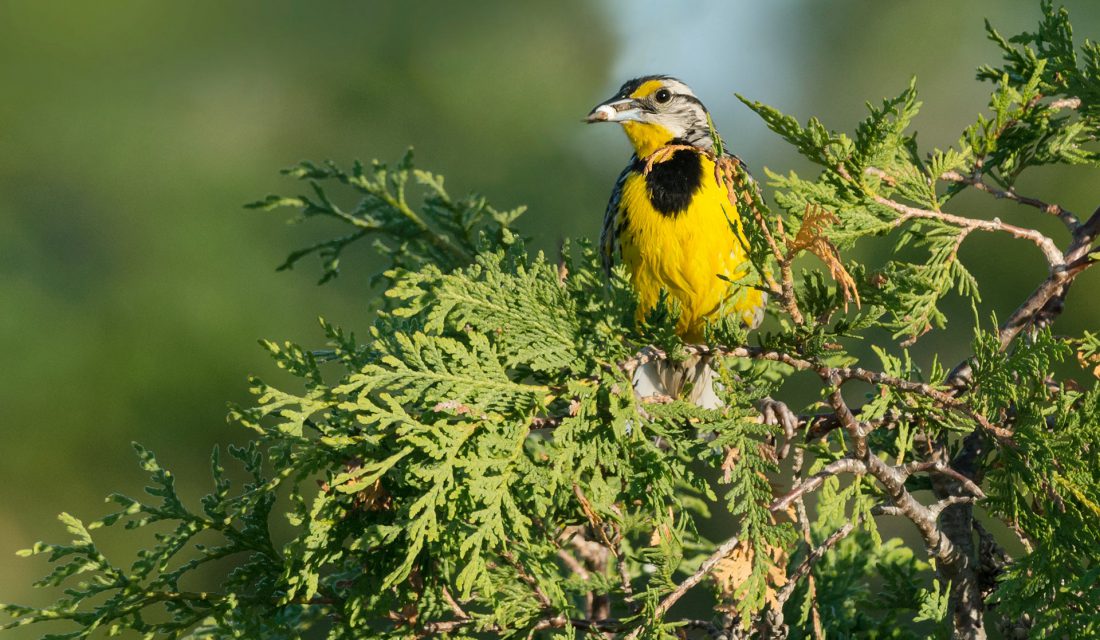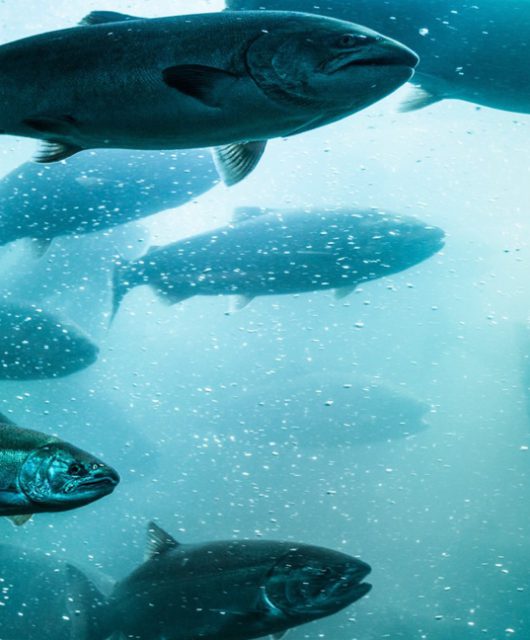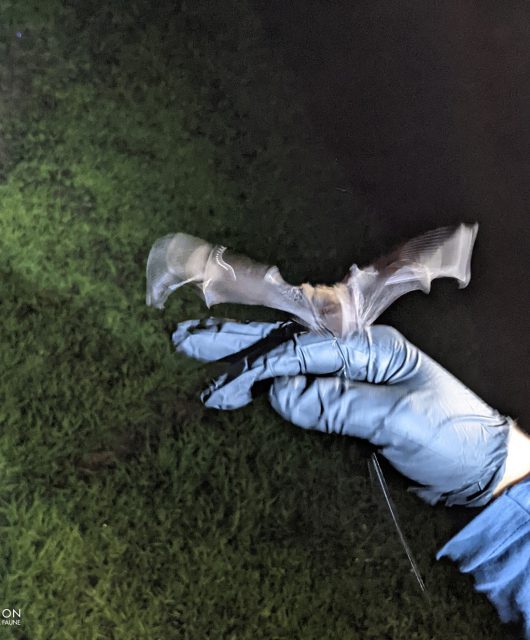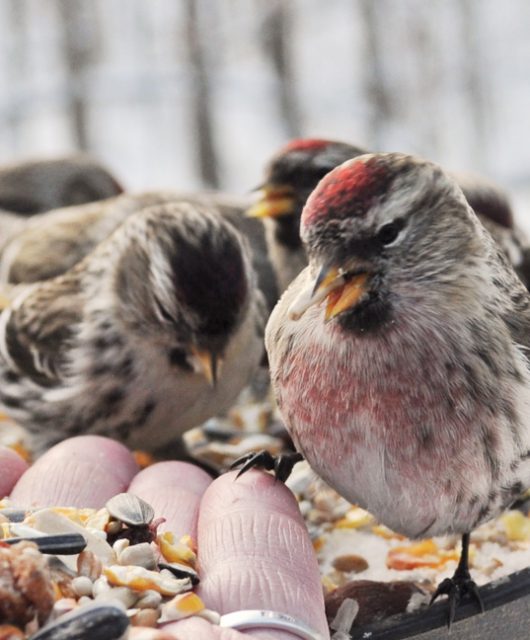Agricultural Land is Home to Hundreds of Wild Species
You can have a hay day learning about all the wildlife on agricultural woodlands, wetlands and pasturelands. There are 313 bird species, as well as small and large mammals, many reptiles, amphibians and insects at home on the range.
Farms support a variety of wildlife species from bats and bees to fish, frogs and foxes. You may also find deer, bear, moose and many other animals in the fields.
Giving Back to the Land
Did you know that some birds nest on the ground in hayfields and pastures? While the nesting season begins in mid-May, the chicks can’t flee or fly very well until mid-July.
Livestock producers provide a critical lifeline for these birds. Were it not for pasture and hayfields the grasslands birds would not be able to continue to live in Canada! And many farmers are changing their mowing practices to help the fledglings.
Let’s take a peep at a couple of these grassland species.
Bobolinks
 Bobolinks are migrating birds that return to southern Canada each spring to nest in the tall grasses of hay fields. With severe declines, particularly in Eastern Canada, the best practice is for farmers to delay haying until July 15 to give these beautiful song birds a chance at survival. If that’s not possible, farmers can mow from the inside of the field outward going slowly, no more than 10 km per hour, with a flushing bar on the front of their mower to allow the birds time to make a safe get away.
Bobolinks are migrating birds that return to southern Canada each spring to nest in the tall grasses of hay fields. With severe declines, particularly in Eastern Canada, the best practice is for farmers to delay haying until July 15 to give these beautiful song birds a chance at survival. If that’s not possible, farmers can mow from the inside of the field outward going slowly, no more than 10 km per hour, with a flushing bar on the front of their mower to allow the birds time to make a safe get away.
Meadowlarks
 Meadowlarks nest in pastures and prefer grass that is between 15 and 30 cm high. The best practice for farmers is to keep one or more fields at that height until mid-July. Farmers can do this with un-grazed reserves or by lowering the density of livestock in the fields. It’s estimated that the population of grassland birds eat 130,000 insects per day per hectare. Many of these insects are known as crop pests, so it’s beneficial for farmers to adopt bird-friendly practices.
Meadowlarks nest in pastures and prefer grass that is between 15 and 30 cm high. The best practice for farmers is to keep one or more fields at that height until mid-July. Farmers can do this with un-grazed reserves or by lowering the density of livestock in the fields. It’s estimated that the population of grassland birds eat 130,000 insects per day per hectare. Many of these insects are known as crop pests, so it’s beneficial for farmers to adopt bird-friendly practices.
Yeehah!
The Weston Family Prairie Grasslands Initiative just announced that it is providing nearly $25 million to five organizations to collaborate on one of the largest prairie grasslands conservation efforts in Canadian history.
Over the next five years, these projects will help protect the biodiversity of this critical landscape.
The Saskatchewan Stockgrowers Foundation is one of the recipients. They are spearheading an initiative to conserve 350,000 acres of native grassland in southwestern Saskatchewan.
CWF will be working collaboratively with the foundation, Birds Canada, and entomologists from the Royal Saskatchewan Museum and Agriculture and Agri-Food Canada to monitor the biodiversity of this critical habitat.
Thank a Farmer
CWF is hopeful that consumers will support the farmers who are conserving wildlife and habitat.
A great way to get to know and support farmers is through your local farmer’s market or Community Supported Agriculture (CSA). Farmers have one of the most important jobs – to provide us with food, and by supporting local farmers who practice wildlife friendly farming, you are also supporting biodiversity.




